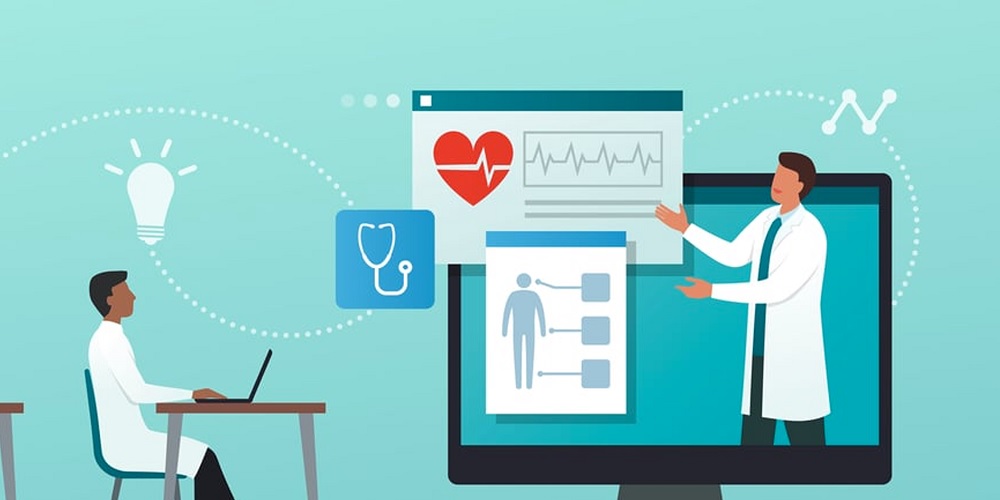Which Educational Approaches Work Best for CME?

For medical professionals, continuing medical education (CME) keeps their skills current, and some states also require a certain number of credits to maintain medical licenses. But CME is about more than just checking off a box or getting in your required time. The best programs help professionals keep their skills sharp, learn new skills, and stay on top of their game.
If you’re in the business of providing CME, how you teach and how healthcare professionals learn can make a big difference in the results. So, which educational approaches work best for CME? Let’s discuss the challenges of traditional CME learning and how the right learning management system can help you improve engagement and outcomes.
Challenges with Traditional CME Learning
Several challenges with traditional CME offerings have made for a less-than-optimal learning experience. Common ones include:
- Location: On-site events are held in specific locations, making it difficult for many professionals to take time away from work to attend.
- Time: It can be challenging to attend conferences or live lectures.
- Passive Learning: Much of traditional CME revolves around lectures and presentations, which are less effective than interactive and cohort learning.
- Generic CME: Trying to create a one-size-fits-all approach does not offer opportunities for customization or personalized learning.
Which Educational Approaches Work Best for CME?
The right learning management system creates better outcomes and makes it easier to attain your CME goals and improve the educational experience for learners and educational experience creators.
Improve Engagement and Outcomes for Learners
Flexibility
You have to provide flexible learning opportunities to reach your audience and give them opportunities to learn on their schedule. This may mean offering education on different days and times or making courses available on demand so they can work around their schedule.
Mobility
In today’s environment, mobility is a must. You’ll need to make your CME available on connected and mobile devices, enabling accessibility anywhere there is an internet connection.
Interactivity
Interactive learning tools can keep people’s attention and ensure that they are absorbing the material being presented. These include video, audio, quizzes, simulations, and virtual hands-on demonstrations. Interactivity makes a big difference in learning outcomes: one study showed that it improves both learning and retention by 23%.
Customization
We live in an era of personalization, and people want programs that are tailored to them. The best CME platforms will enable you to create personalized and flexible learning paths.
Assessment and Feedback
Learners prefer having an easy way to track their progress during CME and the ability to provide feedback on areas where training can be improved.
Understand Adult Learners
One reason flexibility is so important is that adults learn in different ways. You’ll need to present material that encourages engagement, including content that is:
- Results oriented: Learners need to know why something is important, what they will learn, and how they will learn it.
- Self-directed: Adults want to have control over the way that they learn, including timing and pace.
- Relevancy: Content needs to be tailored and relevant to learner needs.
- Practical: Learning needs to be realistic and presented in the context of real-life situations.
Adult learners tend to have higher motivation to learn when the information can help them solve significant problems, gain skills to improve their job performance, or close knowledge gaps. The more that CME can be tied to these learning fundamentals, the more impactful it will be.
Define Learning Objectives Clearly
The best way to motivate healthcare professionals to participate in continuing education is to clearly define learning objectives and the benefits that it provides to them, while minimizing potential logistic hurdles.
That is why virtual CME and online, work-at-your-own-pace CME have become so popular. They reduce the time investment and allow for flexible scheduling to accommodate workflow.
Improve Engagement and Outcomes for Creators
At the heart of all this is the content that you deliver within the learning environment. You’ll need robust content creation tools with the functionality to maximize outcomes.
With the right LMS tools, you can create courses and learning programs, building in audio, video, slides, and interactive elements. The best LMS platforms will also automate much of the process for you, including marketing and checkout tools, certificates of completion, and automated ACCME PARS reporting and CME compliance. This way, you can focus on content development rather than technology.
The Best Learning Management System for CME
EthosCE is the leading learning management system for medical associations, academic medical centers, health systems, and medical education companies. You get access to training, content, and certifications to help your audience stay up to date, grow their skills, and meet CME credits.
EthosCE is part of Cadmium, the only all-in-one event and education platform. Cadmium simplifies the production of live, hybrid, and virtual events to maximize the value of online learning with a single, flexible platform.
At EthosCE, we understand the challenges of creating effective CME programming. We also know how critical it is to find effective ways to make an impact on learners in a busy, modern world. Contact us today to learn more.
